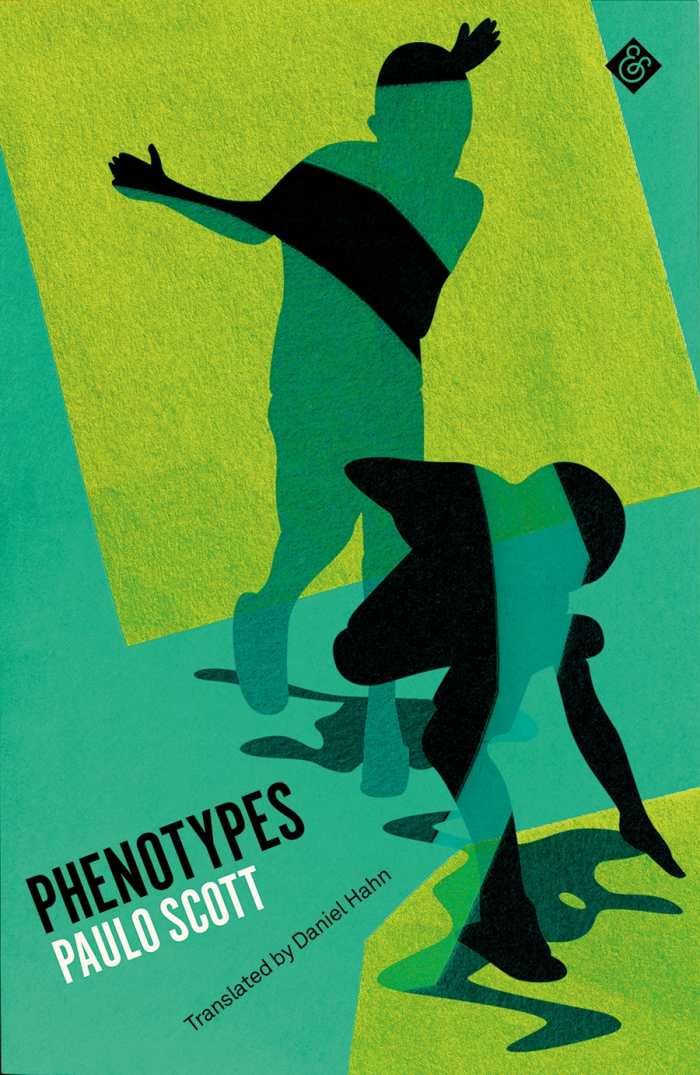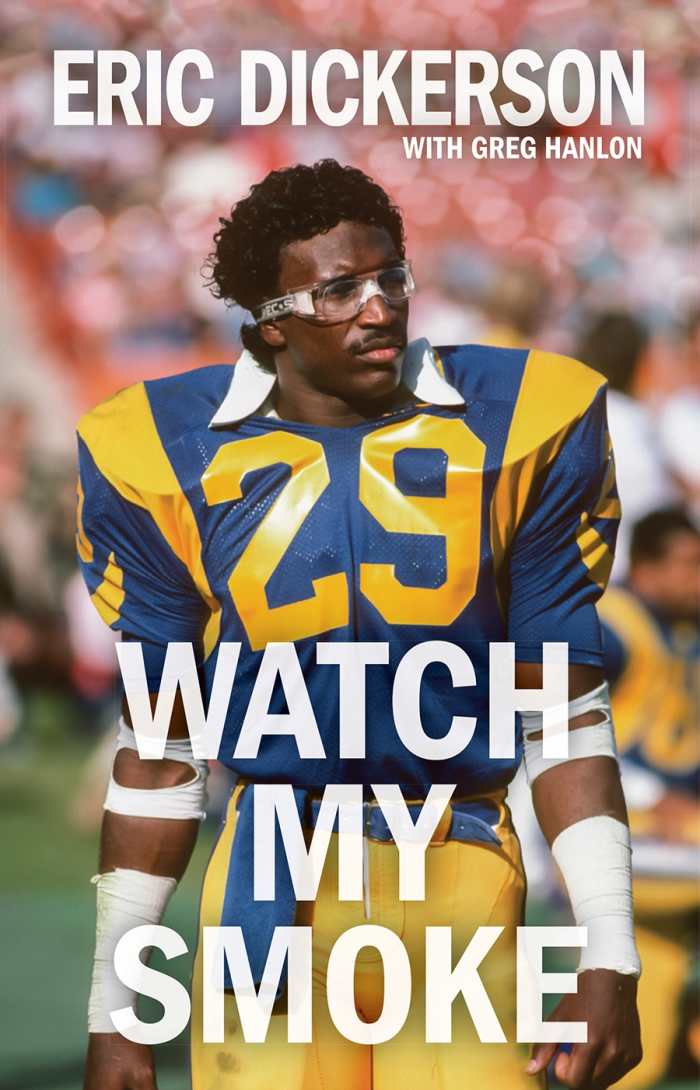Book of the Day Roundup: January 17-21, 2022
Phenotypes

Paulo Scott
Daniel Hahn, translator
And Other Stories
Softcover $16.95 (232pp)
978-1-913505-18-9
Buy: Local Bookstore (Bookshop)
A man grapples with his past and his racial identity in Paulo Scott’s novel Phenotypes.
Federico and his brother Lourenço are both Black. But Federico, being light-skinned, escapes much of the prejudice that Lourenço faces. These differences follow Federico from his youth in a rough South Brazilian neighborhood to his professional efforts as a counselor and activist.
As an adult, Federico finds himself at several crossroads. He is invited to join a government commission devoted to developing software that will judge a person’s ethnicity based on appearance. And when his niece is arrested for her role in a protest, Federico takes a more hands-on role in dealing with the fallout of his youthful impetuosity.
Federico grows up in the 1970s and 1980s. His hometown, Porto Alegre—its food, its popular spots—is rendered in bright, distinctive details, so that, despite the story’s universal themes of race and acceptance, Phenotypes could not have taken place anywhere else. Nor would Federico and Lourenço be who they are, or experience what they do, without this specific background—emphasizing how personal an identity is.
Brazil’s rigid hierarchy is based on color and colonialist remnants: those with light skin are white and superior, and those with dark skin are Black and inferior, regardless of a person’s actual ethnicity. The consequences of this system, so entrenched as to be invisible to those who do not suffer under it, are laid bare throughout Federico’s story. The army evaluation scene is especially horrific, but the most crushing demonstrations of racism are the quiet wounds that Federico himself accidentally inflicts. It is a stinging reminder that even the most well-meaning people must reckon with notions of race and prejudice.
Phenotypes is a complex, stream-of-consciousness novel about race, culture, and deciding for oneself where one belongs.
EILEEN GONZALEZ (December 27, 2021)
Just Maria

Jay Hardwig
Fitzroy Books
Softcover $15.95 (140pp)
978-1-64603-082-8
Buy: Local Bookstore (Bookshop)
In Jay Hardwig’s sweet novel Just Maria, a blind twelve-year-old girl wants to be known for what she does, not by the fact of her disability.
Maria was born with tumors in her retinas; she’s never experienced sight. She has a cane and glass eyes—the first, and sometimes only, things that people know about her. JJ, the school oddball and Maria’s neighbor, isn’t one of those people. His attempts at friendship have gone to new levels of strange: he’s proposed a series of public challenges that they must give each other to prove their merit, after which he and Maria can join the Twinnoggin Detective Agency and solve local mysteries.
Maria tells JJ to be normal and leave her alone; JJ tells Maria to say “rutabaga” in math class and leave a rubber chicken on the principal’s desk. By the end of the book, Maria and JJ have to work together on their first mystery: finding JJ’s autistic sister, who went missing in the neighborhood. And maybe they’ll admit that they really are friends after all.
The story is told from Maria’s perspective, with all of the drama of middle school and friendship and parents at its fore. Some chapters are made up of short lists of things that Maria is annoyed by: pity, attention, and others’ thoughts about how she’s amazing among them. There’s also a list of things that others might be wondering, but are too afraid to ask: how Maria went blind, how Braille works, or how Maria uses her cane. These chapters serve the dual purpose of fleshing out Maria’s snarky personality and showing, with empathy, what it’s like to be blind. Just Maria is a loving novel about living with disabilities.
ASHLEY HOLSTROM (December 27, 2021)
Goldwork Embroidery Chinese Style
An Illustrated Stitch Guide

Chen Daiyu
Shanghai Press
Softcover $18.95 (128pp)
978-1-938368-65-3
Buy: Local Bookstore (Bookshop)
Chen Daiyu’s Goldwork Embroidery Chinese Style explores the history of the elaborate craft and illustrates how to produce objects in a similar style with modern materials.
Chinese goldwork embroidery includes padding, wherein a nonwoven fabric is sewn to the project and stitched over to add emphasis to particular areas—to add weight to a rock formation, for example, or depth to a crab’s body. Historically, crafters used gold and silk threads to accomplish this; this book incorporates more diverse materials, too.
Daiyu, who learned embroidery in England, combines traditional Chinese designs with a painterly approach. Her embroidery projects incorporate a variety of techniques, often in the same project. The introductory project, for example, teaches padding, couching, long and short stitches, and beading techniques. Step-by-step photographs lay out the processes involved in creating these small, beautiful works, revealing the huge amounts of time, patience, and practice required to master the art.
Examples of Daiyu’s work are included to illuminate the variety of objects that can be made using goldwork embroidery. Five projects are included in the book: one of a cattail leaf fan that illustrates basic techniques, and four others that are larger or more detailed. While it’s difficult to see all of the details in the finished object photographs, the process photographs zoom in on particular parts of the projects well. Printable templates for the four main projects allow crafters to copy the designs onto fabric, which is essential for replicating them.
Goldwork embroidery is laborious and hyper-focused on the details, as each stitch adds to the overall effect. Though the number of steps to complete a project is daunting, Goldwork Embroidery Chinese Style lays out the steps in such detail that it is both supportive and encouraging to adventurous crafters.
SARAH WHITE (December 27, 2021)
Watch My Smoke

Eric Dickerson
Greg Hanlon, contributor
Haymarket Books
Hardcover $26.95 (205pp)
978-1-64259-569-7
Buy: Local Bookstore (Bookshop)
Eric Dickerson was one of the best running backs in NFL history, setting a single-season rushing record that still stands. Along with that success, his Hall of Fame career also had its share of controversies. Dickerson addresses it all in his frank, entertaining new autobiography Watch My Smoke.
The book covers Dickerson’s whole life, from his childhood in Sealy, Texas, through his college career as part of the vaunted “Pony Express” at Southern Methodist University, his NFL career, and his post-retirement life, both in and away from football. Throughout, he minces few words about how college and professional football take advantage of young athletes, and about the racial dynamics at play in the NFL: “The sport that defines me, that gave me some of the best moments of my life and the privilege my kids enjoy now … also made me so unhappy.”
That disconnect drives most of the book. Dickerson recounts key games, but also shares his off-field challenges in ways that go beyond standard sports autobiographies. Dickerson talks about the infamous car that was purchased for him when he was being recruited out of high school, pursued by football programs that were going to make substantial money off of his success. He writes about the contract disputes he went through early in his Rams career, when he held out and moved home, rather than accept the same low salary that he agreed to before his breakout. He is direct about the racism he faced during his career, opening the book with an anecdote about a former Colts owner telling racist jokes at a team holiday party, and describing both overt and covert bigotry from fans and sports media.
Watch My Smoke is the story of a great athlete who deals with the problematic parts of sports and celebrity, and who does so in an open, memorable way.
JEFF FLEISCHER (December 27, 2021)
Kanazawa

David Joiner
Stone Bridge Press
Softcover $18.95 (264pp)
978-1-61172-071-6
Buy: Local Bookstore (Bookshop)
A husband and wife must reconcile their differing visions of their future in David Joiner’s evocative novel Kanazawa.
Emmitt’s work as an English professor leaves him distressed and disconnected. He believes leaving his position and signing a lease on a traditional Japanese home will help him rediscover his sense of self and purpose. His wife, Mirai, neither shares his belief nor appears for the lease signing appointment. The couple begins reevaluating their needs, grappling with their fears about the future, and acknowledging the ways that their pasts (Mirai’s thwarted dreams, in particular) shaped them.
The book is an homage to Japanese culture, the city of Kanazawa, and the Kanazawan writer Izumi Kyōka. Indeed, Kyōka’s works are Emmitt’s main source of intellectual respite, thanks to the challenge represented in reading and translating them. He is preoccupied with classic Japanese literature, feeling both connected to, and as though he missed out on, the history it represents. His tendency to romanticize Japan’s past causes friction with Mirai, who feels that the past is better left alone.
Emmitt’s desire to remain in Kanazawa conflicts with Mirai’s desire to live in Tokyo. His dream of living in and renovating a machiya, a traditional townhouse, clashes with her need for stability. The push and pull between Emmitt’s needs and his marriage’s stability is evidenced by the breathless, tense conversations that the couple has about their living situation and Emmitt’s decision-making. Within these conversations, both characters become more real. Their motivations and foibles solidify, revealed in careful layers that illuminate the multifaceted, interrelated issues within their relationships with each other and family members.
With its deliberate, expressive descriptions of the city and the mountains that surround it, Kanazawa is a character-driven novel that illustrates the importance of communication and compromise.
DONTANá MCPHERSON-JOSEPH (December 27, 2021)
Barbara Hodge
